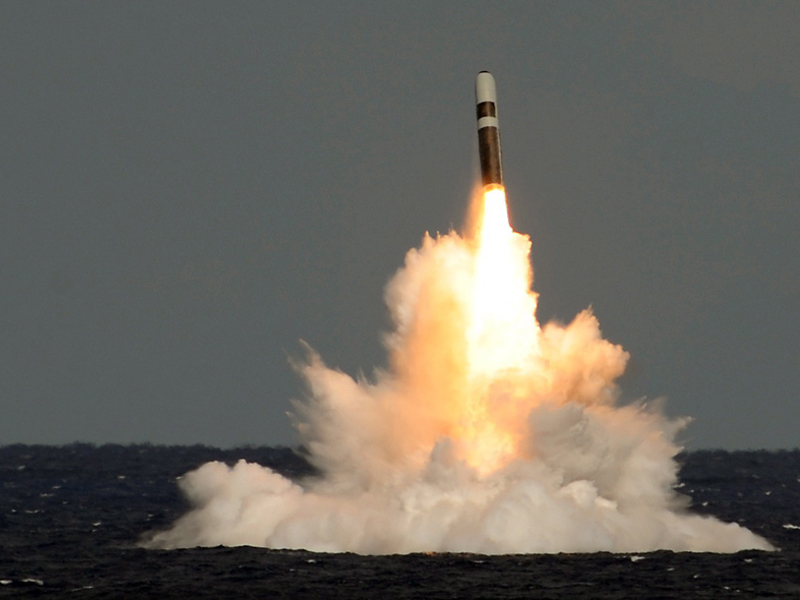United Kingdom’s Science Minister, Nusrat Ghani announced a £15 million fund to boost satellite communications in the country and incentivize the space sector enterprises.
The funding comes after a new report shows that each pound invested in the European Space Agency (ESA) generates a healthy return of more than 11 pounds for the UK government.
The budget has been made accessible to organisations developing new technologies around the satellite ecosystem.
Customer First Approach
According to the UK Science Ministry, this fund will prioritise customer needs, support sustainable growth, and catalyse further investment into the UK space sector, which already employs 47,000 people.
The ministry wants organisations working in the sector to focus on creating new satellite constellations, and ground systems, or delivering new services to customers.
Every work done under this fund will be assisted via ESA’s Advanced Research in Telecommunications Systems (ARTES) programme that seeks to nurture innovation in the space sector through satellite communication in the entire region.
“I am proud to be representing the UK space sector as we discuss our ambitions ahead of the ESA Council of Ministers next month. There are a series of important programmes on the table, and I want to harness opportunities in space to grow the UK economy, create jobs and inspire young people into STEM careers”, said UK Science Minister, Nusrat Ghani.
“We’re also making new funding available now to strengthen the UK’s position as a world leader in the satellite communications market, and I look forward to seeing the results of the competition.” She added.
New Research Program
The ARTES Programme seeks to keep European and Canadian industries at the leading edge of this fiercely competitive global market by nurturing innovation, according to the ESA. Through this, the ESA will enable research, development and growth of new applications and services in an incentivised manner.
The flagship product under the ARTES umbrella is satellite communication, termed as the ’economic engine’ of the space industry by the ESA.
The UK government has declared ARTES as one of the key commercial drivers for its space sector growth. With a commitment of £374 million over 5 years, the UK expects a 20:1 return on investment through the ESA projects.
Moreover, this partnership will also evolve the role of new geostationary satellites developed by UK-based Airbus launched into space to provide better broadcast, internet and communications services around the world.
Dr Paul Bate, Chief Executive of the UK Space Agency said, “Our ESA membership delivers huge advantages to the UK, by catalysing investment into the sector, backing innovative companies, and providing access to new missions and capabilities such as the James Webb Space Telescope. ”









